Features
Why Sked?
Sked Social is a third party app and is not affiliated with or endorsed by any social network platforms.
See our Terms & Privacy Policy.
See our Terms & Privacy Policy.
© 2024 Sked Social. All rights reserved.

Are you wondering about the Instagram paid partnership feature? Wondering how your brand could benefit from it? Well, keep on reading then.
If you’ve been paying attention to your Instagram app these past few months you would have noticed the increased number of your favorite influencers using the paid partnership tag on Instagram.
Well, that's because, in 2017, Instagram launched the paid partnership feature to increase the transparency on sponsored posts throughout the platform.
During this time, the Federal Trade Commission (FTC ) started cracking down on influencer posts that didn’t make clear the paid relationship between influencer and brand. Consequently, the Australian Competition and Consumer Commission (ACCC) was also investigating new ways to handle sponsored advertising that violates regulations.
The paid partnership feature increases transparency with the audience, offers access to insights, and eliminates the risk of negative consequences from sponsored posts, keeping the FTC and ACCC off your back.
You know, the paid partnership feature is that one thing making Instagram influencer marketing so much more believable.
A paid partnership on Instagram occurs when an influencer or brand advocate shares a post or story on the platform and tags in a business account as a Business Partner. When applied correctly, the paid partnership tag appears at the top of the image or story where the area/location normally sits. Followers will see ‘Paid partnership with [Business Partner]’ directly under the account’s username. The Business Partner title is a hyperlink that leads directly to the business’s page.
The use of the paid partnership feature is becoming commonplace among influencers, making the platform a more trusted source of brand referrals by increasing the level of transparency for influencers and brand advocates on the platform.
Influencers should aim to use the paid partnerships feature for all feed or story posts that have been sponsored by a brand or partner of some type. Even if the brand is not paying specifically for that post but has a general sponsorship arrangement in place, they should be tagged into relevant posts or stories to ensure the influencer maintains transparency with their audience. The specifics of this arrangement should be discussed and agreed upon between the influencer and the brand at the start of the engagement.
There are some times when it is not appropriate for an influencer to tag a brand into a post or story using the paid partnerships feature. This includes when a brand has not engaged the influencer as a brand ambassador or for a paid campaign. It may also be that the influencer is sharing images or information about product that has been gifted or part of a previous campaign. Again, the specifics of this arrangement should be discussed and agreed upon between the influencer and the brand at the start of the engagement.
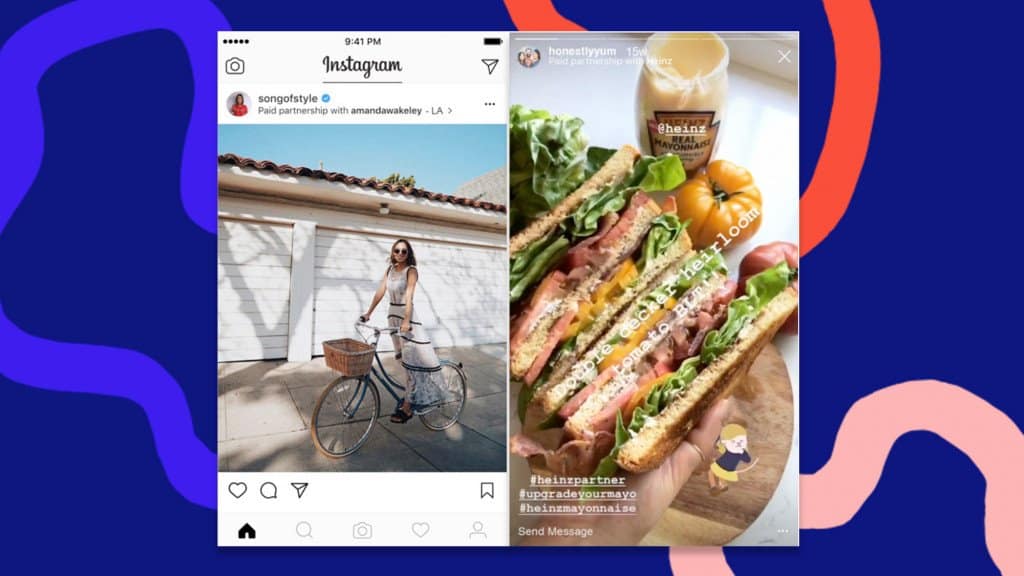
For brands, the paid partnership function provides direct access to insights on the influencer and the engagement they are bringing to the brand. This function helps brands to gather information and statistics on how the sponsored content campaigns are performing on the social media platform, allowing brands to make better decisions for future Instagram marketing campaigns. Access to these stats can help brands to determine which influencers are more effective for the brand’s products/services and allows them to estimate what ROI to expect from individual influencers involved in the campaign strategy.
Specific metrics for brands to look out for here are reach and engagement on posts, such as likes and comments, and reach, taps forward, taps backwards, replies, and exits on Instagram stories (note that brands only have 14 days to see the performance of story posts when they’re tagged as a Business Partner).
The paid partnership function also allows businesses to turn on the “Partner Approval” setting. This gives brands the power to approve or disapprove any sponsored content partnerships before an influencer’s tagged post is published, to ensure that their Instagram marketing materials are on-brand.
As an influencer, the paid partnership function assists in building a more transparent, trusting relationship with the audience through the disclosing of sponsored posts. It also gives influencers the ability to collect more data, allowing them to make more informed decisions on what business partners and brands to engage with. This feature will also work as an indication to other brands that the particular influencer partakes in paid partnerships and may increase the amount of sponsorship opportunities they receive.
As an audience member it is great to be kept in the loop when a post is sponsored or just a genuine recommendation. This feature offers transparency before you consider engaging with the product or service being recommended.
Step 1. Add partner approvals for branded content
Once your brand has been granted access to this feature, you’ll need to begin by turning on your partner approval setting. Click here for more information.
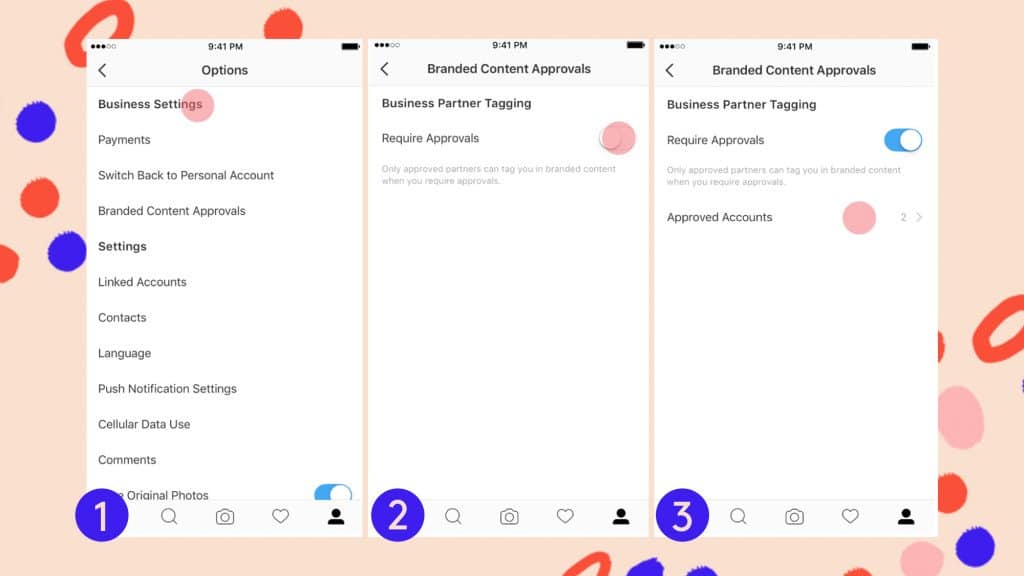
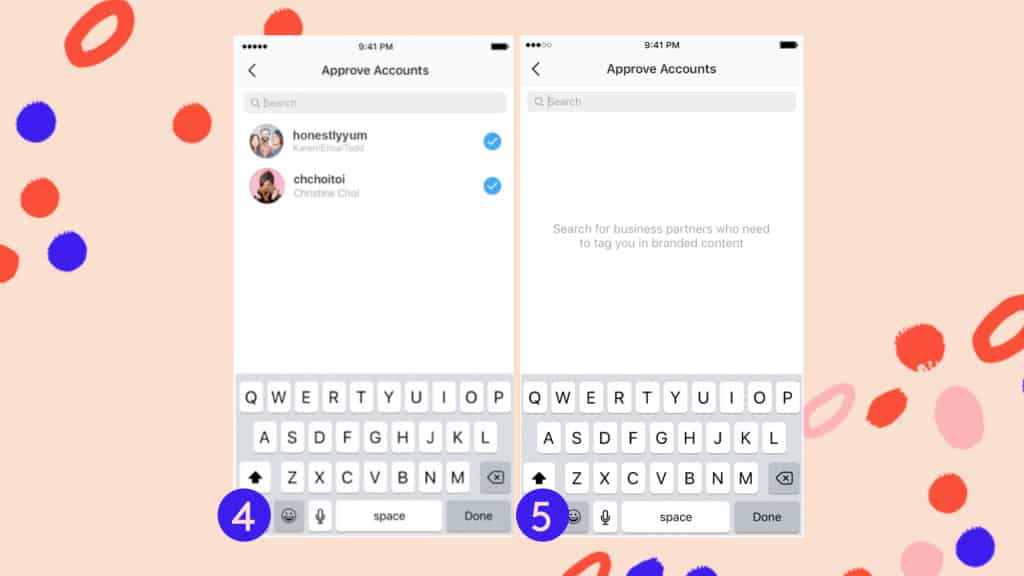
Step 2. Tag notification and tag removal
Once the campaign goes live, the business partner will receive a notification via Facebook, Instagram, and Instagram Direct if it is a Branded Content post on Stories. If the business partner wants to be removed from the tag, read here for a step by step guide.
Step 3. Set up branded content ads (optional)
If you’re a business that wants to create a branded content ad with a creator, make sure that the creator has shared the post or story you want to promote, tagged your business and enabled your business to promote your branded content.
Go to your Ads Manager and create an ad. This process will remain the same as it usually does, however, when choosing your media, click on ‘Use Existing Post’. Here you'll see the list of available branded content posts and stories in the ‘Creative’ section. These are the branded content posts and stories that a creator has given you permission to promote.
Finalised your ad, and click confirm.
Check out more information here.
Step 4. Measure brand content ad performance
Once the branded content goes live, the brand will see organic insights in the “Branded Content” tab in Facebook Page Insights. Business partners must have a FB Page to create an Instagram Business Profile. You can also check on your paid partnership insights with Facebook’s Business Manager in the “Branded Content” tab under “Measure and Report.”
For Instagram Stories, tagged business partners will have a 14-day window to see the following metrics: reach, taps forward, taps backward, replies and exits. Creators will continue to see metrics in their app insights.
Stories insights will last only 14 days, while feed insights will last forever.
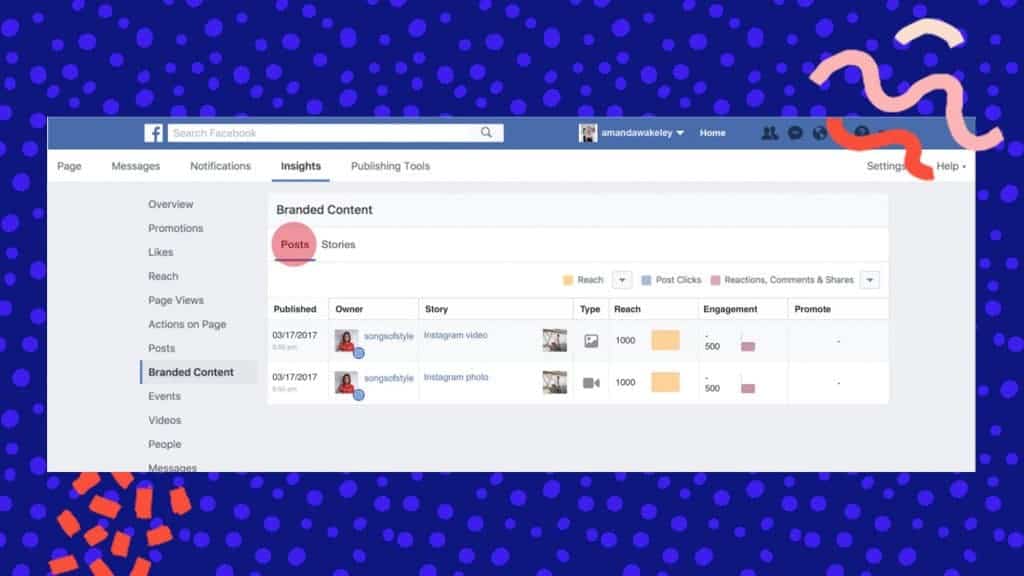
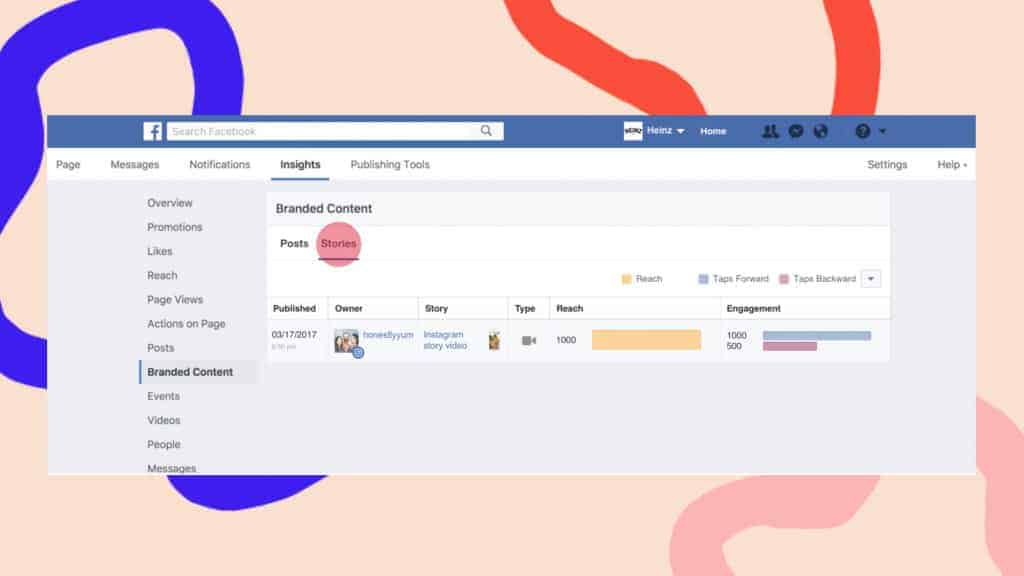
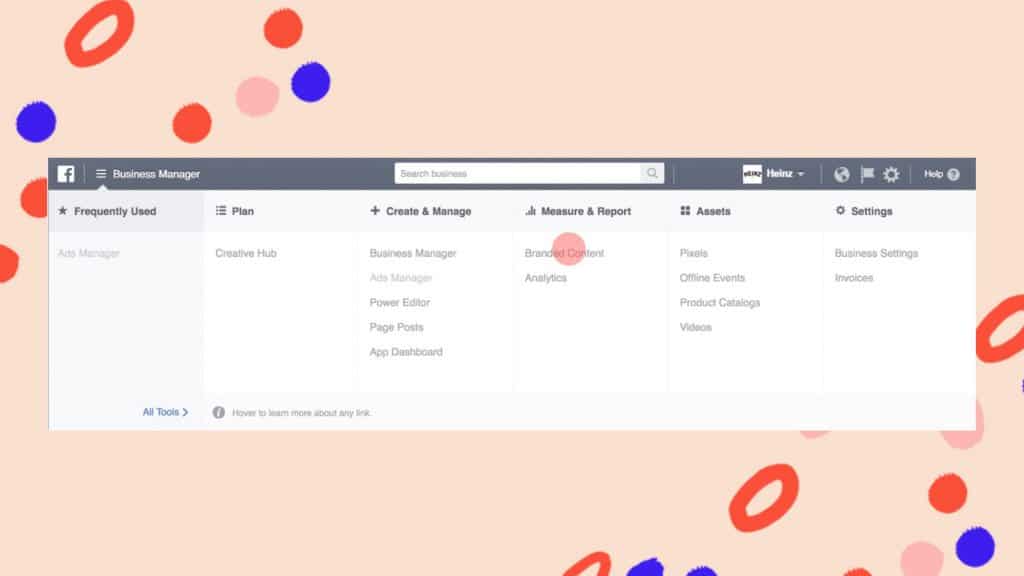
More information on business insights here.
Step 1. Tagging a business partner on your content post
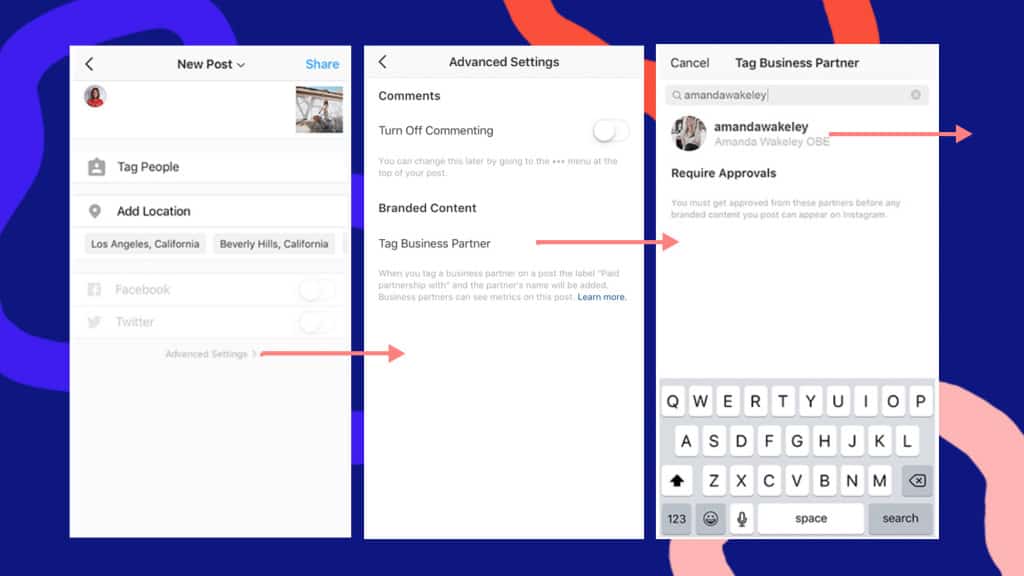
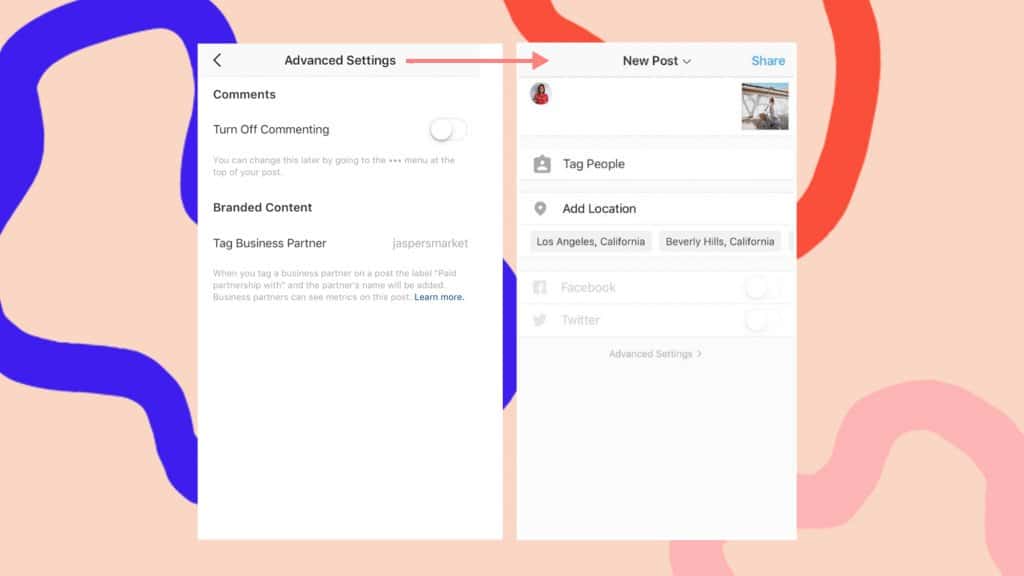
Read more information on tagging business partners in the feed here.
Forgot to tag a Business Partner in before posting? No worries. You can add them after your post is live by editing the post and selecting ‘Add Business Partner’ directly under the post image. Follow the same process outlined above.
Step 2. Tagging a business partner in branded content stories
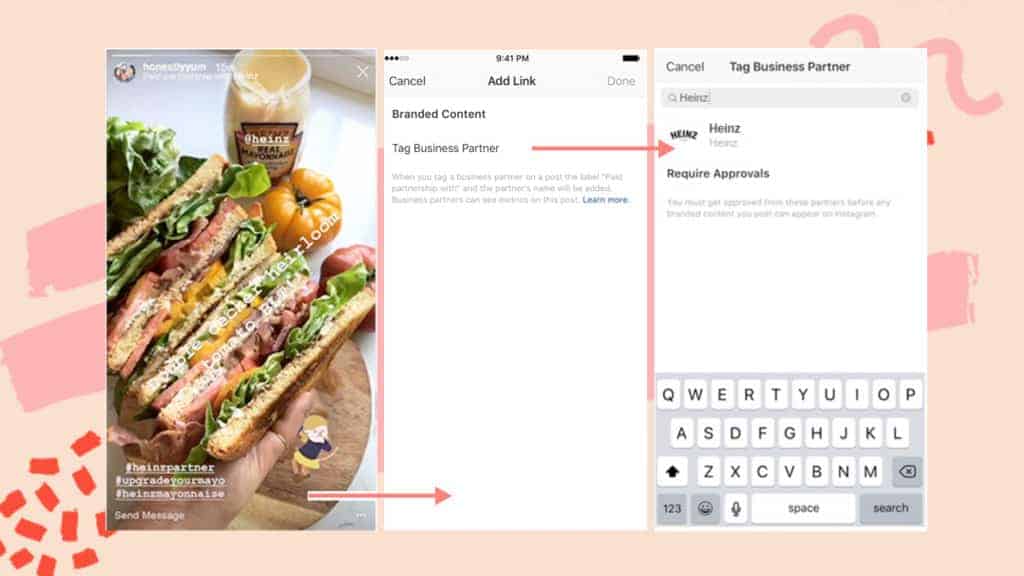
Read more information on tagging business partners in stories here.
Offering brands, influencers and the audience more transparency and trust, the paid partnership feature is a great way to increase flexibility and insights to Instagram's users. With Instagram always adapting and updating, this feature will only become more prominent and user friendly in the future.
Get everything social schedulers are missing without writing a blank check for an enterprise platform. AI-integrated tools, custom collaboration and approval workflows, deep analytics and insights, and real auto-posting to more platforms — it’s all here.
Get Started for FREE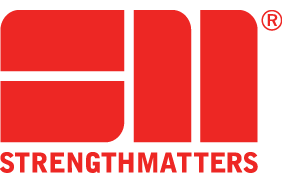




.webp)